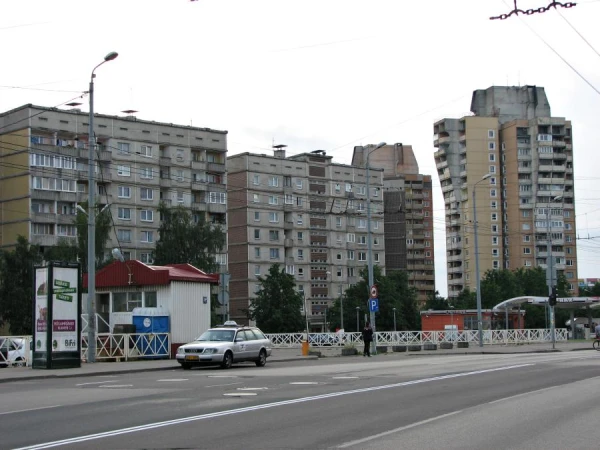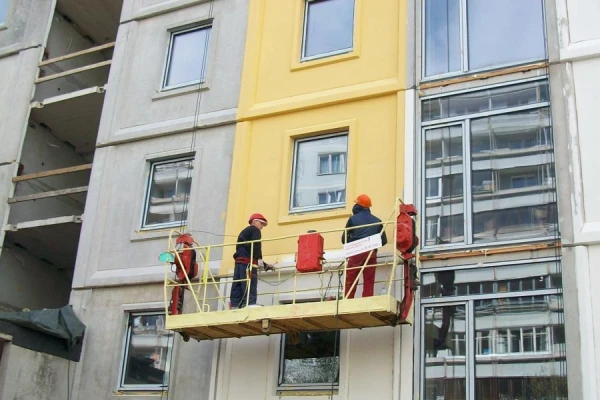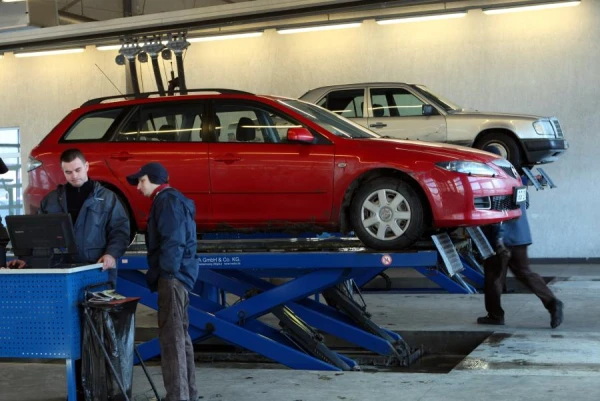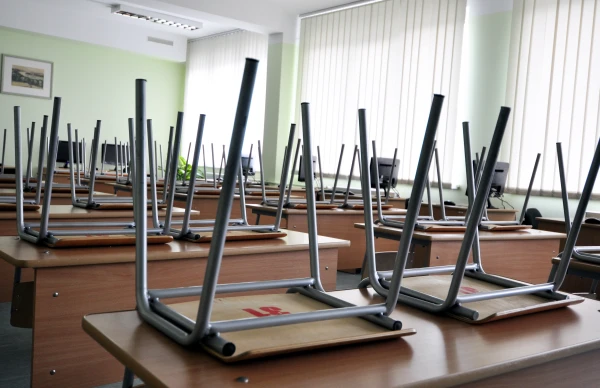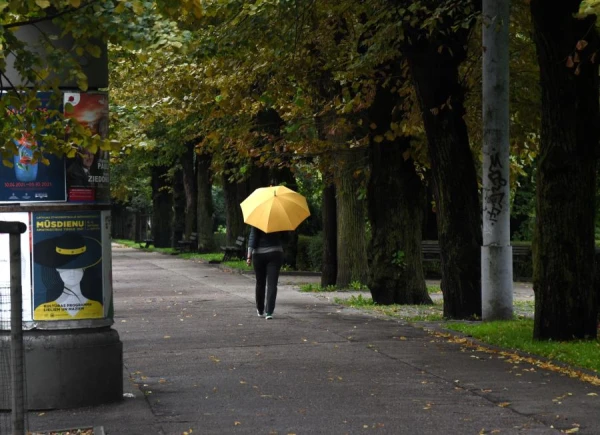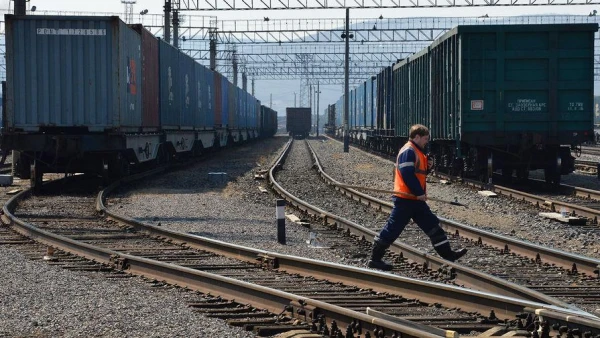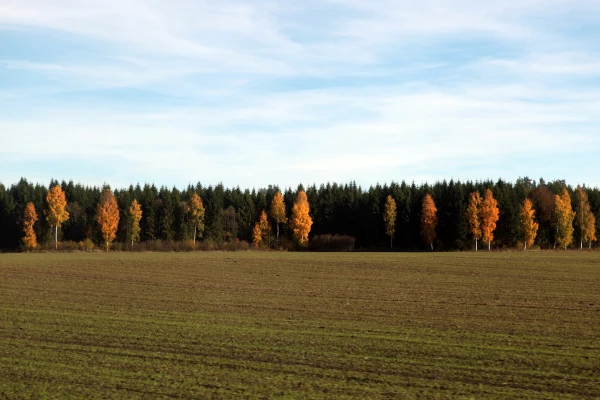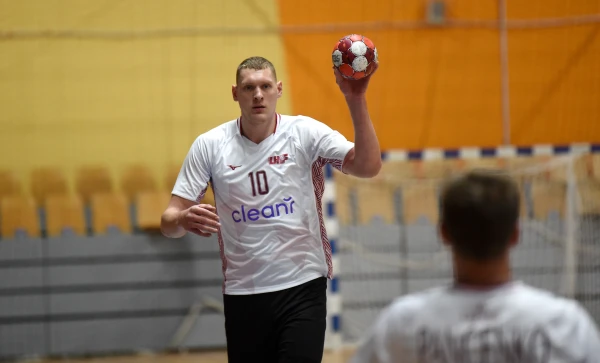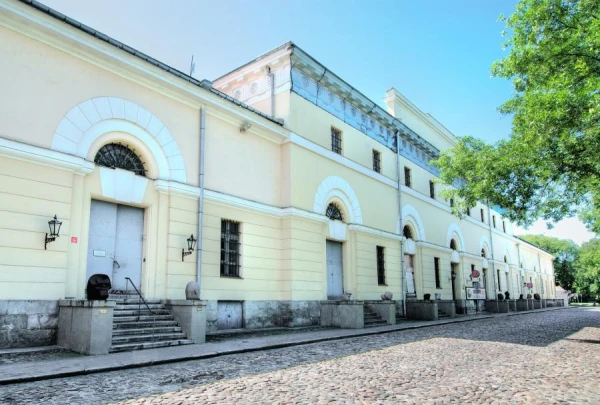
Large-scale reconstruction and restoration work continues in the jewel of classical architecture — the 'Arsenal' exhibition hall of the Latvian National Museum of Art, reports TV3.
One of the most serious challenges in the reconstruction and restoration of the museum's interior spaces is the need to adapt a building from the early 19th century, originally constructed for entirely different purposes, to the modern needs of exhibition space.
"Firstly, it is about ensuring accessibility — which is required of public buildings, but was not an important criterion at the time of construction. Secondly, there are climatic requirements that are specific to exhibition halls and the storage of artworks," said architect Laila Ruža.
During the first phase of construction work, the dismantling and reconstruction of the roof were completed. Cracks were discovered in the ceilings and vaults during the process, necessitating additional reinforcement and repair of the structures. These damages increased the volume of work and funding, but did not significantly affect the project's timeline.
"The additional 1.8 million euros is not only due to the cracks but also for postponed work. Before signing the contract with the contractor, we lacked funds, and we simply postponed this work in the hope that if funding became available — we would do it; if not — then we wouldn't. Of the total amount, the cracks accounted for only 500,000 euros; the rest will go to other stages," explained Elena Gavrilova, a board member of the State Real Estate company.
The total cost of the reconstruction of the 'Arsenal' exceeds 19 million euros. Most of the funding — over 15 million — is provided by European Union funds, while the remainder is covered by the state budget. Currently, about 15% of the total amount has been spent.
Now, before the onset of winter, the main task is to complete the roof construction so that internal work can continue. However, initial landscaping work has already begun in the museum's basement.
In the basement of the 'Arsenal', limestone slabs found during the dismantling earlier this year have already been partially laid.
The discovered dolomite slabs are part of the historical flooring that has been preserved since the original construction of the building. They are recognized as culturally and historically valuable, so they are preserved and reused.
The restoration of the 'Arsenal' is significant not only for the museum itself but also for artists and society as a whole, notes Mara Lace, director of the Latvian National Museum of Art. According to her, work is still underway on future exhibitions — this is a time for ideas and discussions. It is planned that some exhibitions will be permanent but not static — for example, for ten years.
"We are thinking about a dynamic space where permanent exhibitions could change every two to three years. At least, that’s how I see it. Contemporary art will certainly benefit — it will be given a significant emphasis. We will also focus on the Baltic region — we need to develop cooperation within the region," said Mara Lace.
The construction work is expected to be completed by the end of 2027, and the museum is anticipated to reopen its doors to visitors in the second half of 2028 — during the period when Latvia will hold the presidency of the Council of the European Union. Thus, the 'Arsenal' is set to become a significant event space where visual culture in Latvia can be discussed, shared, and celebrated.
